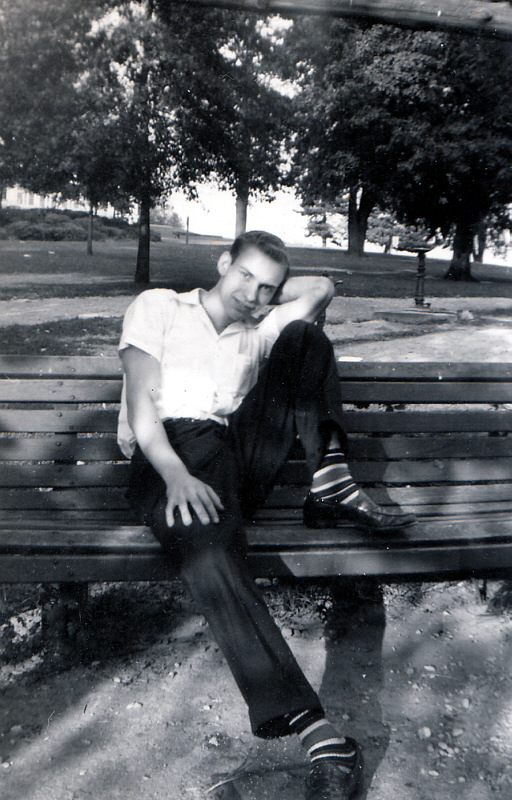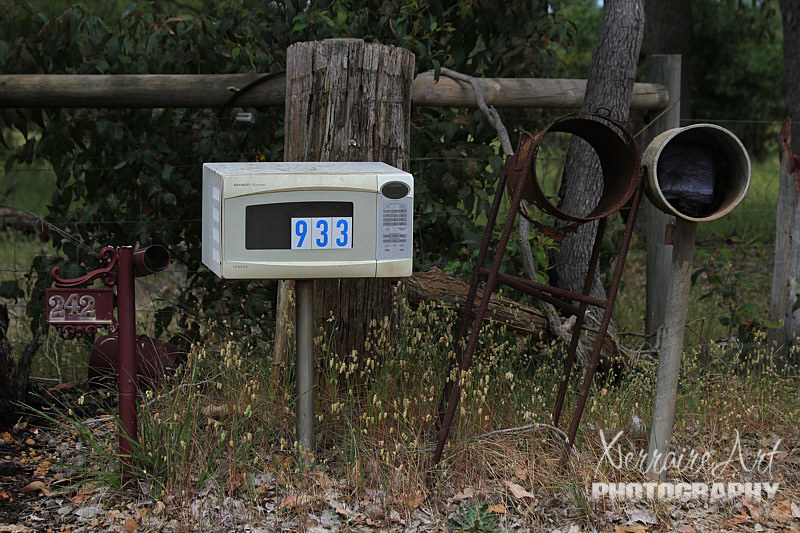Rainbow Bee Eaters at Lake Gwelup
John and I love watching these remarkable birds. It’s fascinating to watch them perched on a tree, move their heads as they watch for the next insect, and then take off suddenly to grab their snack in the air, come back to the tree limb and hit the insect on the tree and toss it up in the air, so the head goes down the hatch first.
I have been having trouble with my camera, John and I are sure it’s just TIRED from all the hard work I put it through, so there’s nothing really like having a camera that doesn’t want to work properly and expect it to photograph these fast moving birds. Apparently I am a glutton for punishment.
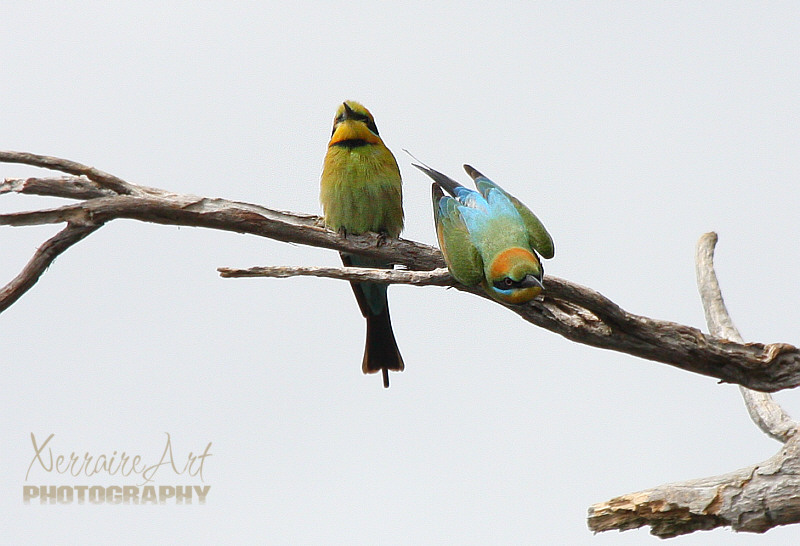
Rainbow bee-eaters are believed to mate for life. The male will bring the female insects while she digs the burrow that will be their nest.
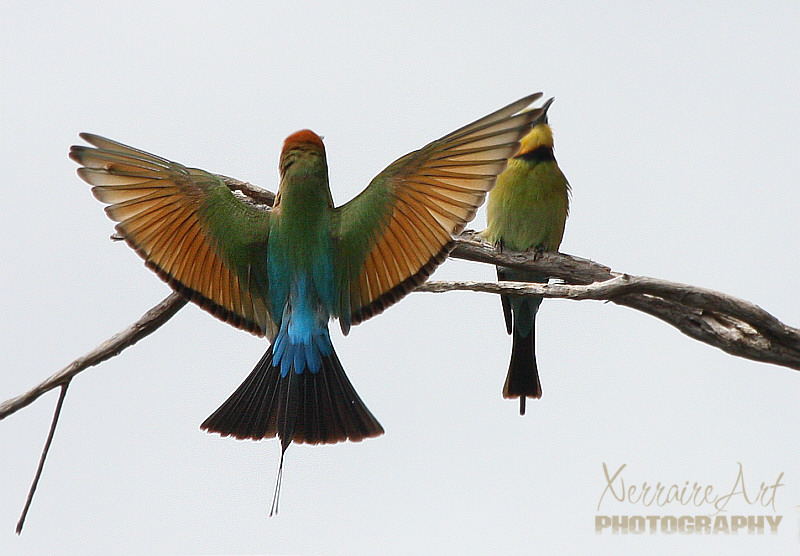
Rainbow bee-eaters are brilliantly colored birds that grow to be 19–24 cm (max 28 cm) in length, including the elongated tail feathers. The upper back and wings are green in color, and the lower back and under-tail coverts are bright blue. The undersides of the wings and primary flight feathers are red and tipped with black, and the tail is black to deep violet. The rainbow bee-eater’s two central tail feathers are longer than the other tail feathers, and are longer in the male rainbow bee-eaters than in the females. The crown of the head, the stomach and breast, and the throat are pale yellowish in color, and the rainbow bee-eater has a black bib and a black stripe through its red eye.
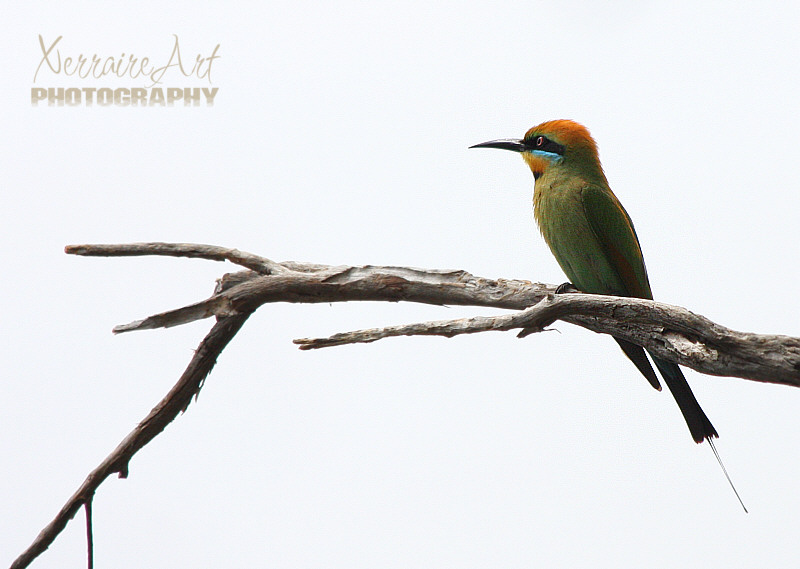
Rainbow bee-eaters are a common species and can be found during the summer in forested areas in most of southern Australia excluding Tasmania. They migrate north during the winter into northern Australia, New Guinea, and some of the southern islands of Indonesia.
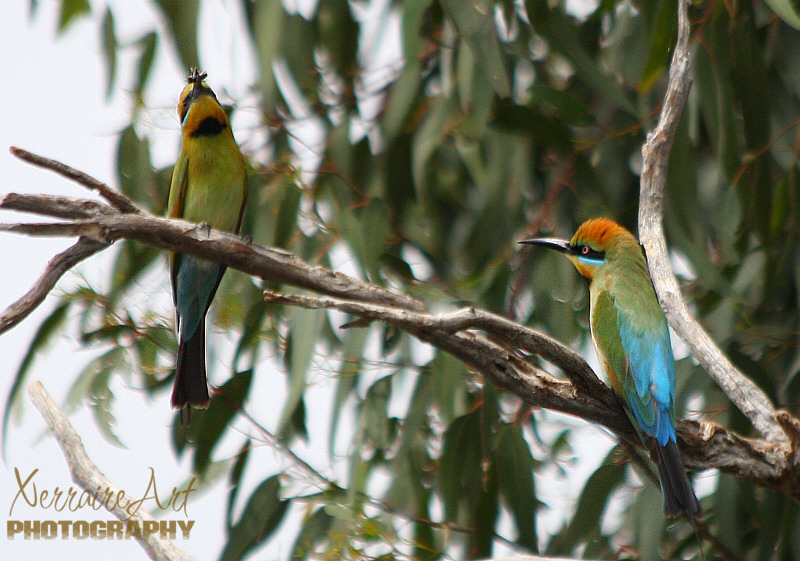
I think I was more stubborn than my camera, as in spite of the difficulties, I managed to get a few good shots. This is an example of getting ready to toss the bee up in the air.
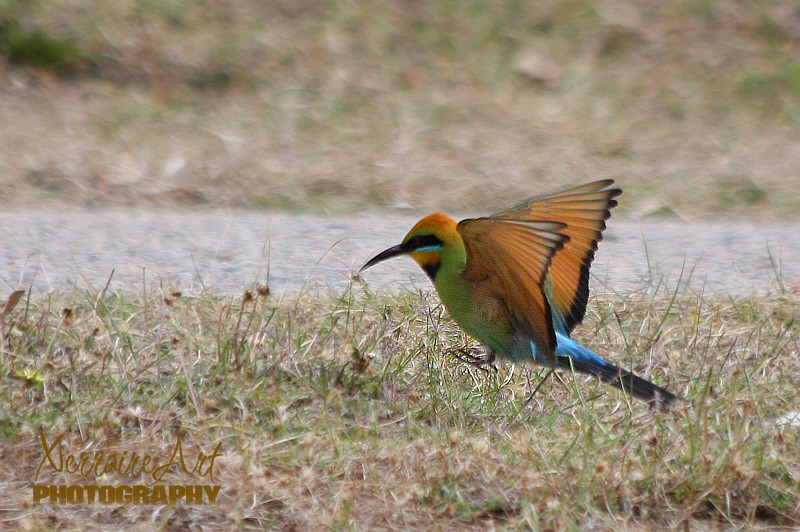
The bee-eater digs its burrow by balancing on its wings and feet, and digs with its bill, then pushing loose soil backwards with its feet while balancing on its bill. The female bee-eater can dig about three inches down every day. The nest tunnel is very narrow, and the birds’ bodies press so tightly against the tunnel walls that when the birds enter and exit their movement acts like a piston, pumping in fresh air and pushing out stale air.
These are beautiful birds, so glad we could find them on this day, our visit to Lake Gwelup.

